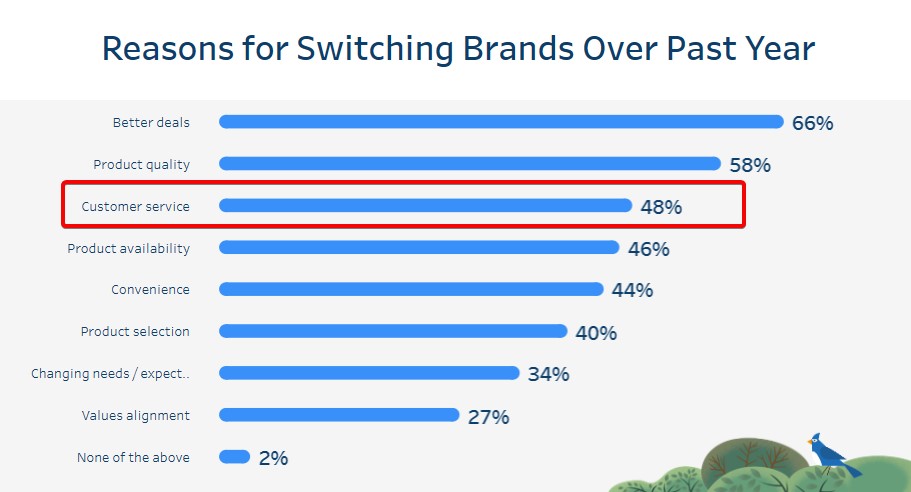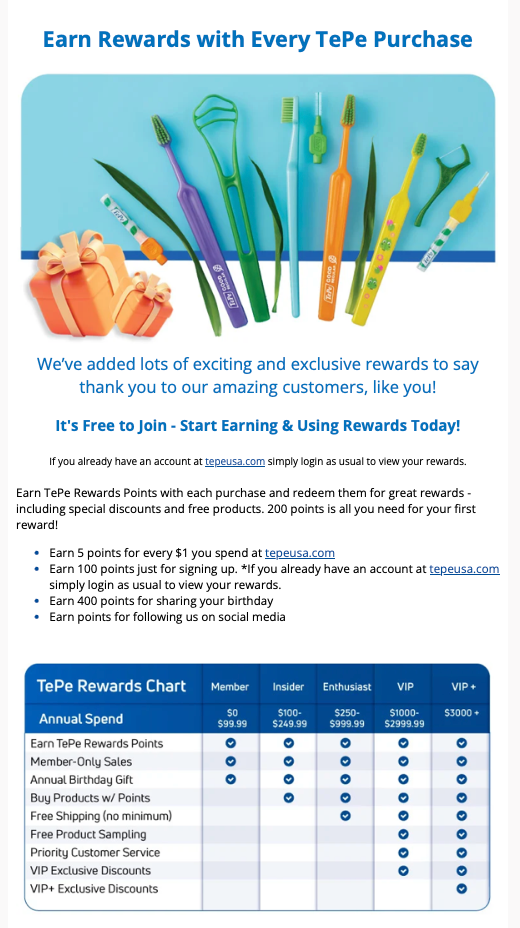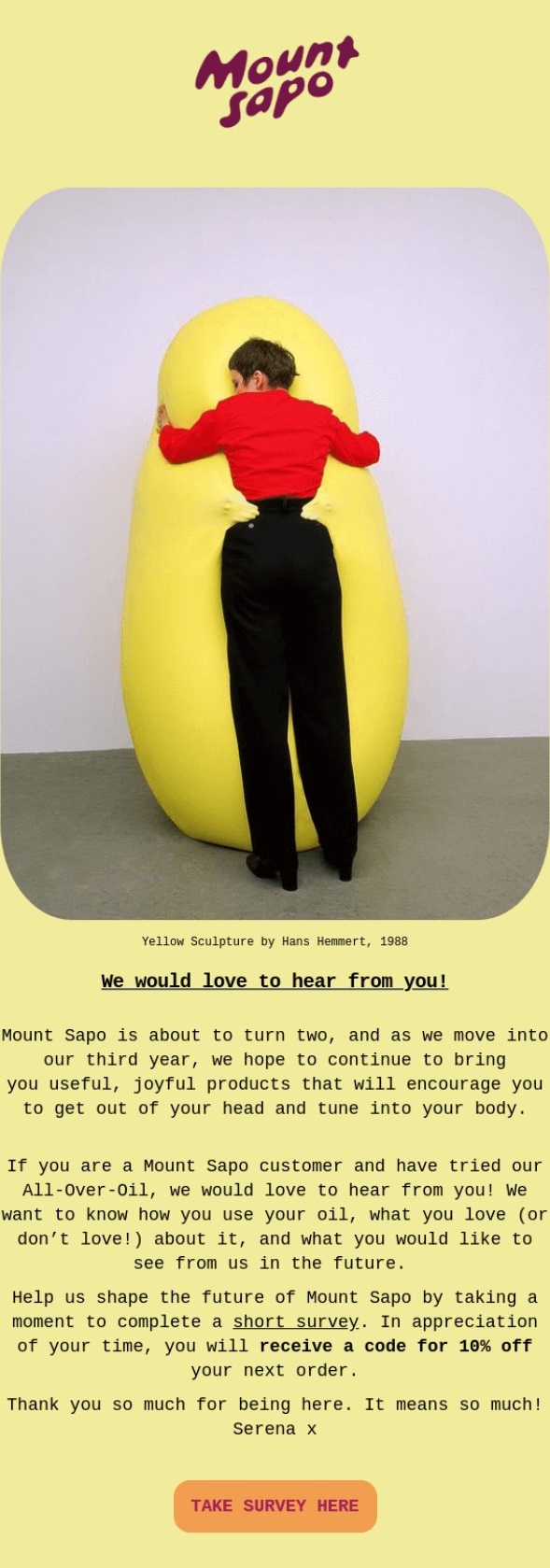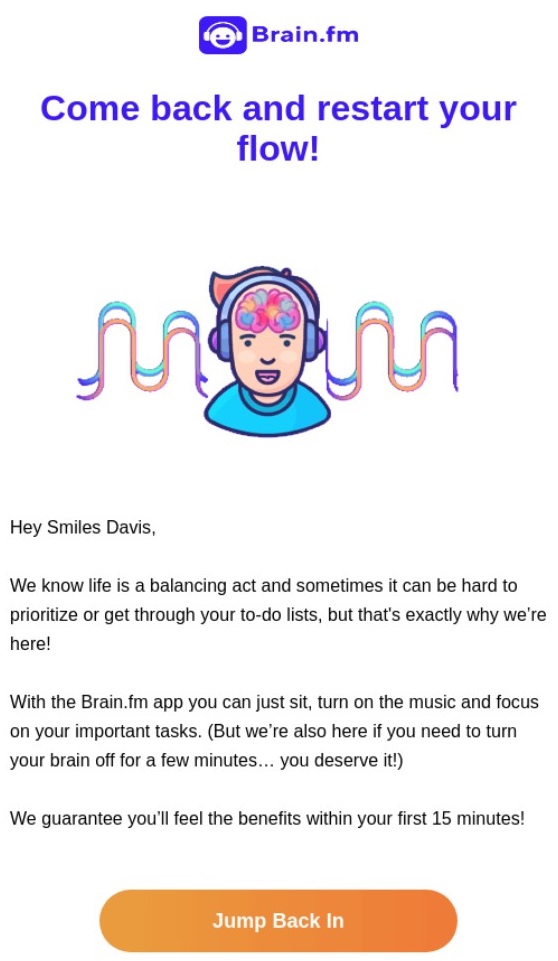Retention marketing is rapidly becoming a top priority for businesses. Why wouldn’t that be the case when customer acquisition costs have skyrocketed? Research shows that the cost of acquiring new customers surged by 222% from 2013 to 2022—from an average of $9 to $29.
As such, retaining existing customers is crucial for driving sustainable growth for your business. Savvy ecommerce brands no longer rely solely on a constant stream of new leads. Instead, they focus on forging long-term relationships and maximizing the lifetime value of their current customer base.
In this post, we’ll explore actionable retention marketing tactics to help you cultivate a loyal customer base and encourage repeat business. We’ll also discuss top retention marketing tools to get you started.
Fundamentals of retention marketing
Before we dive into the specifics of what this marketing strategy is about, let’s cover some basic concepts. This should simplify your understanding of customer retention campaigns.
Understanding retention marketing
In a nutshell, retention marketing is a strategy that aims to build long-term relationships with existing customers. It’s a marketing strategy that focuses on retaining existing customers rather than acquiring new ones.
The primary aim of this approach is to encourage repeat purchases and scale a customer’s overall order value. This completely contrasts with acquisition marketing, which focuses more on attracting new leads.
While acquisition marketing has its benefits, retention marketing is more cost-effective. Acquiring new leads is 5 to 25 times more expensive than nurturing the ones you already have.
With the increasing competitiveness of the ecommerce market today, developing a solid retention marketing strategy is imperative to successfully sustain your business in the long run.
Key metrics to measure customer retention
It’s important to track certain metrics to assess the effectiveness of your retention marketing efforts. They provide insight into customer loyalty and help you create strategies to enhance long-term engagement.
Here are some key metrics to track:
Customer lifetime value (CLV)
This metric represents the total revenue a business can expect from a single customer over the entire relationship duration. A high CLV signifies healthy long-term customer retention.
Calculate CLV using this formula:
[Number of purchases x value of purchase x average customer lifespan] = CLV
Repeat purchase rate (RPR)
The RPR measures the percentage of customers who make multiple purchases within a specific timeframe. A high RPR indicates strong customer loyalty and satisfaction.
Calculate RPR using this formula:
[Number of repeat purchases ÷ total number of customers x 100] = RPR
Customer retention rate (CRR)
The CRR is the percentage of customers a business retains over a given period. This metric directly reflects the success of your retention marketing strategies in preventing customer churn.
Calculate CRR using this formula:
[(Number of total customers at the end of a period – number of new customers acquired during that period) ÷ number of customers at the start of the period] x 100 = CRR
Purchase frequency (PF)
This metric depicts the average number of times a customer purchases during a defined period. It provides insights into customer satisfaction, product relevance, buying habits, and pricing effectiveness.
Calculate PF using this formula:
[Number of orders for a period ÷ number of unique customers for that period] = PF
Average order value (AOV)
The AOV calculates the average amount a customer spends per transaction. This allows you to identify opportunities for upselling and cross-selling.
Calculate AOV using this formula:
[Total revenue ÷ number of orders placed] = AOV
Effective retention marketing strategies
Now, let’s turn our focus to ecommerce and B2B retention marketing strategies. Here are three powerful customer retention strategies coupled with the best examples.
1. Personalized customer experience
Customers care deeply about their experience with your brand. Salesforce research data shows that 88% of customers believe that the experience a company provides is just as important as the quality of its products and services.
That said, a great way to improve customer experience is through personalization. Customers love it when they get tailored experiences that cater to their unique preferences and needs.
Take advantage of this retention-boosting approach by using customer data to deliver highly relevant communications and customized offerings. This could come in the form of:
- Targeted email campaigns
- Personalized product recommendations
- Exclusive promotions
- Cross-selling or upselling
This email by Sometimes Always perfectly demonstrates how to engage a customer with a tailored message. It uses flattery to make the customer feel seen and valued. Sometimes Always also makes great product recommendations and infuses a sense of FOMO by stating the products are in “very limited quantities.”
 Image via Really Good Emails
Image via Really Good Emails
Meanwhile, you can personalize your virtual store to enhance customer experience by displaying relevant products and offerings. Achieve this by assessing your customer’s browsing history, purchase patterns, and demographics. This way, you create experiences that resonate with your customers on a personal level.
You can also optimize your customer’s shopping experience by delivering:
- Intuitive interfaces
- Seamless transactions
- Attentive customer support
In fact, the above-mentioned Salesforce study found that 48% of customers jumped ship because of poor customer service.
 Image via Salesforce
Image via Salesforce
That said, personalization initiatives make customers feel valued and help maximize customer lifetime value.
2. Loyalty programs and rewards
Implementing an enticing loyalty program is one of the best customer retention marketing strategies. This strategy creates a positive feedback loop with your customers. Likewise, well-designed programs create a sense of community, recognition, and exclusivity. This turns everyday customers into loyal brand evangelists.
A successful loyalty program should focus on:
- Delivering added value
- Maintaining simplicity and accessibility
- Offering personalization based on customer data
- Building community and trust
- Developing a feedback mechanism to regularly improve customer experience
Here are some effective loyalty programs you can implement to improve your customer retention rate:
- Referral programs
- Threshold rewards
- Virtual punch cards
- Cashback programs
- Paid loyalty programs
- Membership programs
- Points-based programs
- Tiered loyalty programs
- Value-based loyalty programs
These programs can incorporate gaming elements, such as point systems or reward challenges, to make the experience more exciting for customers.
Take a look at this email from TePe, which is about the reward section.
 Image via TePe
Image via TePe
3. Customer feedback and continuous improvement
Another critical pillar of retention marketing is your ability to meet and exceed your customers’ changing needs. What better way to meet these needs than by proactively soliciting and acting upon customer feedback? Being proactive when it comes to asking for feedback helps you stay ahead of ever-evolving customer preferences.
Take advantage of all the feedback channels available to you. These include:
- Focus groups
- Social media listening
- Post-interaction surveys
- Third-party review platforms
Always encourage your customers to share their experiences, suggestions, and concerns. Doing this demonstrates your willingness to offer the best service possible.
This email by Mount Sapo paints a great picture of how to engage customers with feedback requests. In this email, the all-over-oil brand invites subscribers to leave their feedback to help the brand evolve. However, it doesn’t just stop there; it offers a reward for subscribers who partake in the survey to keep them loyal to the brand.
 Image via Really Good Emails
Image via Really Good Emails
Technology in retention marketing
Like most marketing methods, technology plays an important role in approaching customer retention. With the right marketing tools and data analytics, you can effectively time your retention efforts. This allows you to foster enduring loyalty and drive sustainable growth for your brand.
Let’s look at some ways technology creates a more seamless customer retention marketing.
Automation tools for engagement
Email marketing automation and CRM systems are powerful assets for retention marketing. These tools allow businesses to nurture customer relationships through timely and relevant communication.
Popular email marketing tools like Omnisend, Brevo, Mailchimp, and others can offer advanced automation features to streamline customer engagement and boost your retention efforts.
Email automation workflows can be customized with triggers based on specific customer behaviors. Some of these include abandoned carts, product browsing history, or purchase anniversaries. Automation tools ensure that every interaction is thoughtfully curated and delivered at the best time.
At the same time, CRM systems help you centralize customer data, providing a comprehensive view of each customer’s journey. This information hub is very handy for creating well-targeted retention campaigns.
Data analytics for insightful decision-making
Leveraging data analytics in retention marketing campaigns helps secure repeat business. Working with data analytics tools can offer useful insights into:
- Customer behavior
- Customer preferences
- Market trends
- Risk management
- Operational efficiency
These insights can then be used to make informed decisions and craft targeted retention strategies. However, what makes data analytics effective is its predictive attributes. With this, your brand can identify customers at risk of churning early and take proactive measures to keep them engaged.
Data analytics also allows businesses to track key metrics like CLV and optimize their approach for maximum impact.
Challenges in retention marketing and how to overcome them
While retention marketing offers immense benefits, it also has its unique challenges. As a business, you must know how to navigate these challenges to achieve long-term success.
Here are two notorious customer retention challenges you should prepare for.
1. Identifying at-risk customers
One of the biggest challenges in customer retention is identifying customers at risk of churning. Regardless of how well your offerings are, some customers will inevitably fall off the wagon with time.
There are signs of an at-risk customer if you know where to look. Some of these signs include:
- Late payments
- Reduced per-order values
- Lack of referrals or advocacy
- Negative feedback or reviews
- Disregard for marketing offers
- Decreased purchase frequency
- Increased requests for information or support
Mitigate potential churn by monitoring customer behavior and implementing retention strategies to re-engage at-risk customers.
A great tactic is to leverage data analytics and customer segmentation. When you analyze purchase history, website activity, and engagement metrics, you can identify customers whose interactions have dropped over time.
The next step is to set up automated triggers to flag these at-risk customers and prompt targeted re-engagement campaigns.
For instance, if a customer hasn’t made a purchase in 60 days, send a personalized email offering an exclusive discount. You could also implement win-back campaigns, such as offering incentives or reminding them of the value of your brand.
Some platforms, like Omnisend or Klaviyo, analyze data for you and give you insights into your dormant/churning customers. This is very convenient, especially for those who aren’t very skilled at data analysis.
Take a look at this re-engagement campaign from Brain.fm. In this email, the brand plays the role of an understanding friend by offering a solution to the ups and downs of life. This could re-ignite lost connections with at-risk customers and reactivate loyalty.
 Image via Really Good Emails
Image via Really Good Emails
2. Balancing acquisition and retention efforts
With the information covered so far, you’d agree that retention marketing is a great way to foster growth in your business. However, this doesn’t mean you should neglect customer acquisition efforts entirely. The smart move is to strike the right balance between both marketing methods.
There’s no fixed allocation requirement for retention and acquisition marketing. That said, it will depend on varying factors, such as:
- Industry
- Specific goals
- Business maturity
Determine what the best balance is for your business. Assess your CLV and customer acquisition cost (CAC) regularly to optimize your marketing costs.
If your CLV is significantly higher than your CAC, you might want to increase your retention budget. Conversely, if your CAC is higher, focus more resources on acquisition until you build a sizeable customer base.
Other ways to find that balance between retention and acquisition marketing include:
- Testing and optimizing
- Setting clear objectives
- Leveraging data and analytics
- Segmenting customer base
- Balancing short-term and long-term goals
Ultimately, you want to ensure that your acquisition and retention strategies are aligned and complementary.
Wrap up
With the level of competition in the ecommerce space today, it’s important to find your edge to stay ahead. Retention marketing is a great way to gain that competitive edge.
Customer retention strategies compel businesses to optimize their existing resources. When businesses nurture existing customer relationships, they can expect to improve customer lifetime value and increase sustainability.
However, remember to strike the right balance between customer acquisition and retention marketing efforts. This will allow you to maximize overall growth, sustain a loyal customer base, and ensure a steady revenue stream.
